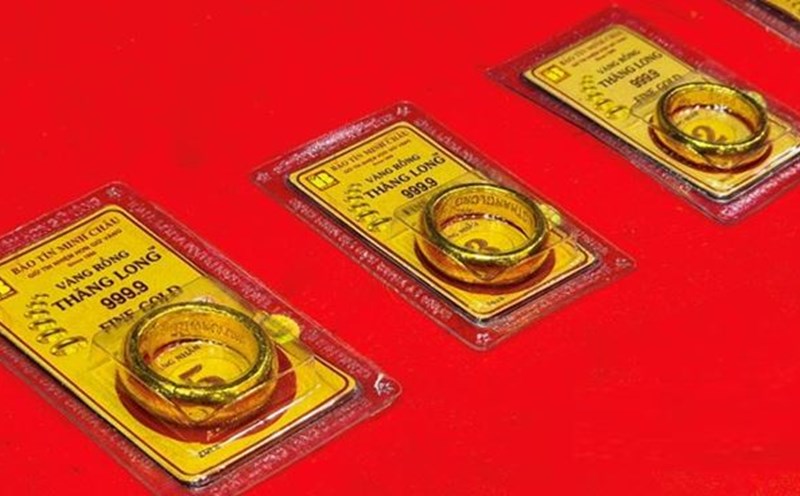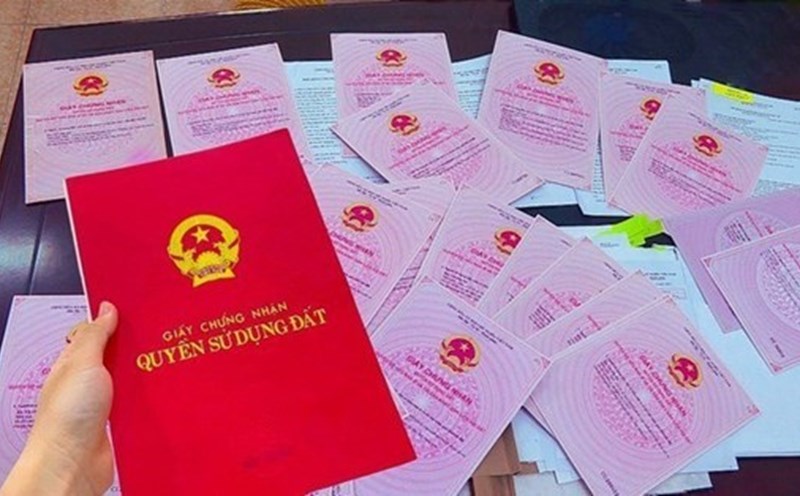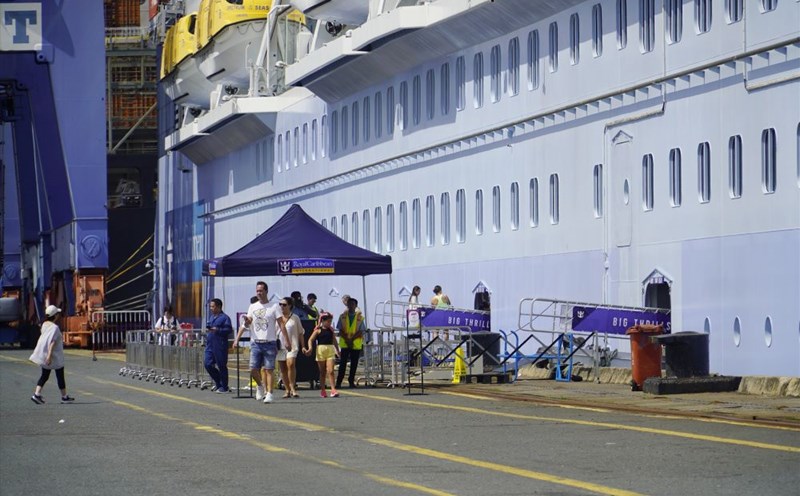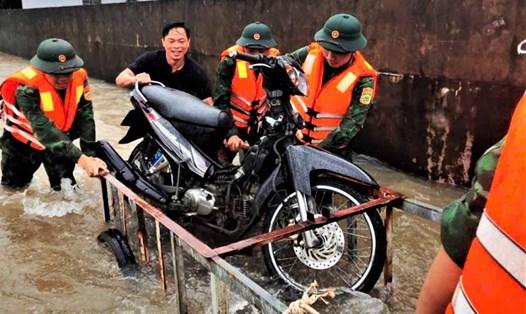In chapter 1 of the book "The appearance of tanks and armored vehicles in Vietnam", the author highlights that tanks appeared with the French expeditionary army, along with other modern means of war.
The first French tanks in Indochina were a platoon of five Renault FT-17s of the 6th Light Tank Battalion (16 Bataillon de Chars Legers) commanded by Captain de Cuverville, which were sent for testing in Tonkin in December 1919. These were vehicles manufactured by the Renault company.
With the same detailed and informative description as above, the author introduces the French and American armored forces that were brought to Vietnam in the two wars, and their roles in major campaigns. Although the Vietnamese Army captured a number of captured tanks, it was not until October 5, 1959 that the first tank regiment of the Vietnam People's Army was established, equipped with 100 T-34 tanks and CY-76 self-propelled guns provided by the Soviet Union.
Although entering combat quite late (February 1968), the Armored Corps of the Vietnam People's Army quickly matured and grew, making significant contributions to the cause of fighting against the US to save the country.
Chapter 2 - "The birth, growth and development of the Vietnamese Armored Corps". The first delegation of cadres to study tanks in China included 36 cadres from platoon to regimental level, led by Major Dao Huy Vu. These were cadres who had received long-term training in commanding Armored Vehicles, enough to form the military cadre framework for a tank regiment.
This chapter introduces in detail the challenges from the early days of establishment, until the process of entering the South to carry out the mission when tanks could not be brought in. With the determination of "When the vehicles could not move, send in people first, prepare the battlefield and use enemy vehicles to fight the enemy", the soldiers actually did it.
Chapter 3 - "Once in the army, we win". This chapter specifically recreates the battles of the Armored Forces, in which the highlight is the time of supporting Laos, the confrontation between American tank soldiers and Liberation Army tank soldiers at Ben Het Outpost located in the northwest of Kon Tum, 13km northwest of Dak To, near the border of Vietnam - Laos - Cambodia, also known as Plei Kan base.
Chapter 4 - "Tanks in the Route 9 - Southern Laos Campaign". The Route 9 - Southern Laos Campaign was a counter-offensive campaign by the Liberation Army to defeat Operation Lam Son 719 conducted by the US and the Army of the Republic of Vietnam. This was also a campaign with tanks participating with a force superior to the Route 9 - Khe Sanh Campaign: 3 battalions with 88 tanks.
This chapter describes the detailed plan with the US forces and the Vietnamese countermeasures, the attack on Hill 543, the attack on Hill 550 - Eradicating the 147th Marine Brigade.
Chapter 5 - "Overcoming the rain of bombs and bullets to bring tanks to the battlefields". This chapter recreates the miracle of tanks crossing Truong Son to the South, despite fierce resistance from the US, technical obstacles, and our own solutions to overcome them, when bringing tanks through many seemingly impossible terrains with extraordinary solutions.
Chapter 6 - "Tanks in the Spring - Summer Campaign 1972". This chapter describes the participation of tanks such as: Armored Tanks in the Nguyen Hue Campaign in the Southeast (B2), armored tanks on the Central Highlands battlefield.
In chapter 7 - "Tanks in the Great Spring Victory of 1975": Tanks in the Central Highlands campaign, tanks in the Hue - Da Nang campaign, the lightning march to the South, preparation for the final decisive battle, the directions of advance into Saigon and the historic moment when tanks entered the Independence Palace.
This chapter describes in detail the forces, important figures, and developments of each unit, and is of high reference and research value.
Chapter 8 - "Tanks in the war to defend the Fatherland and fulfill international duties" talks about the contribution of tanks in the Vietnamese Volunteer Army in Cambodia.
Tanks in the northern border provinces.Particularly for Quang Ninh province, in addition to the task of protecting the mainland territory, an equally important and extremely difficult and complicated task is to firmly protect the northeastern island line of the Fatherland.That task is assigned to the 242nd Division of the Quang Ninh Special Zone.
Tanks were brought to hold Truong Sa archipelago, initiatives for tanks to operate in harsh marine climates.
Author - Colonel Nguyen Khac Nguyet was a former tank driver of tank number 380, Company 4, Tank Brigade 203, Army Corps 2. He is also the author of 2 books: "Tank Soldier's Notes - Journey to the Independence Palace", "1 vs 10 - The tragic tank battle".











